Culture & Lifestyle
Three generations devoted to care of Central Zoo animals
From Krishna Lal to grandson Surendra Shrestha, 65-year-old legacy of caretakers lives on.
Prawash Gautam
“They were still young when they were rescued and brought to the zoo,” Hari Krishna Shrestha says. “They were put in the zoo nursery and I cared for them.”
Life-size taxidermy mounts of a pair of lemurs face each other and placed atop a table inside the meeting hall of the Central Zoo in Jawalakhel. Where for visitors they could pass as decoration, 61-year-old Hari Krishna, a retired caretaker at the Central Zoo, sees the once playful lemurs that played on his lap and jumped on his shoulders, that fed from his hands and were cared for by him when ill.
For over 65 years now, the lives of three generations of a family — Hari Krishna, his father Krishna Lal Shrestha (who passed away in 2006), and son Surendra Shrestha — have come to be intertwined with the lives of animals at the Central Zoo, just like these lemurs.
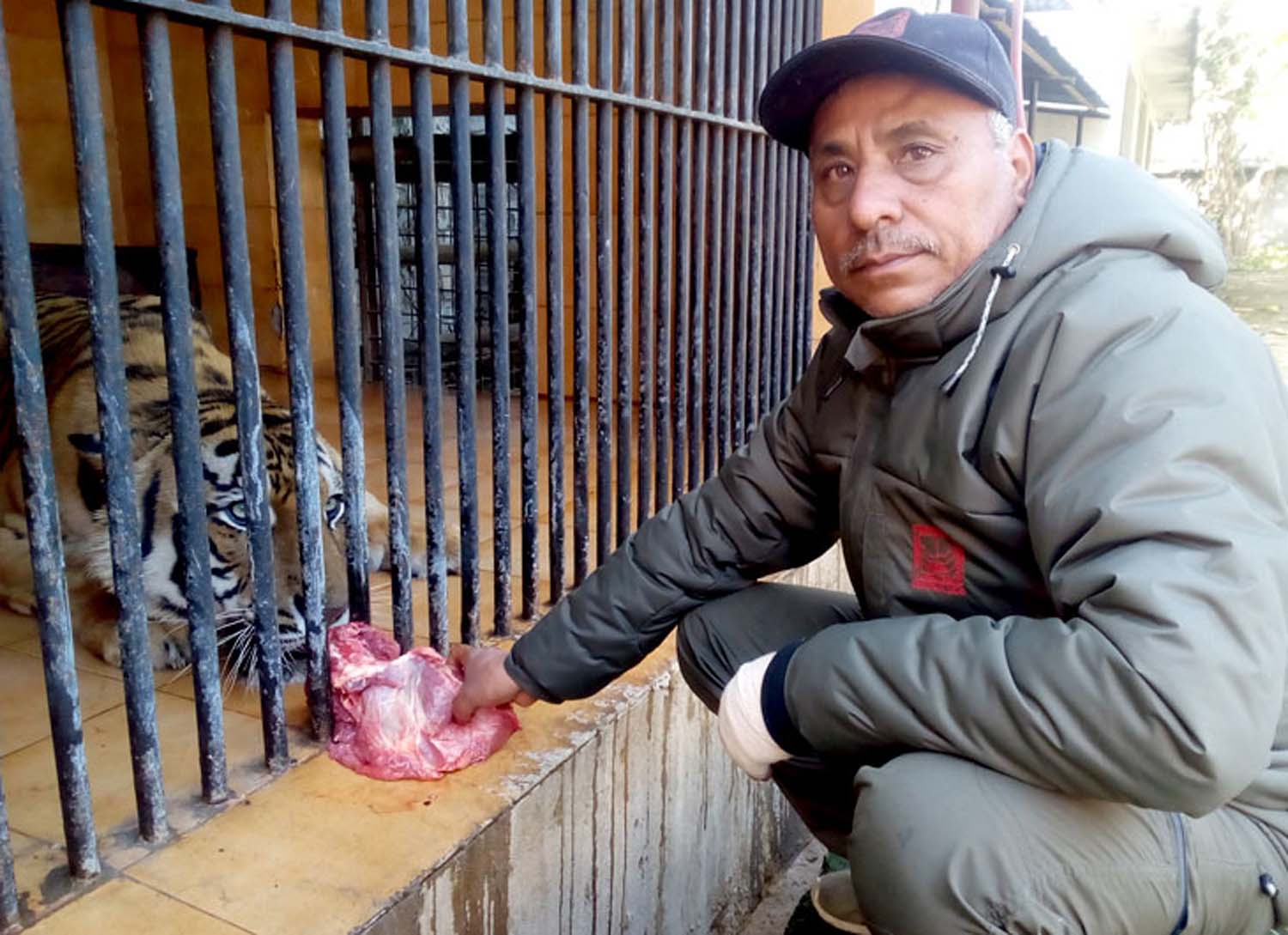
From tigers, chimpanzees, lions, rhinos, hippopotamuses, zebras, monkeys, deer, wild buffaloes and many other mammals to different reptiles and birds — as caretakers at Central Zoo, Krishna Lal, who retired in 1980 after working for nearly 20 years, and Hari Krishna, who retired in 2023 after working for 44 years, raised and cared for creatures of all kinds, guarding them during the nights, feeding and cleaning them, and nursing them when ill. They felt the joys of seeing the animals they had raised give birth and the sadness of watching them age and die, alongside the terror of life-threatening encounters involving powerful predators.
Seated near the lemur taxidermy, Hari Krishna recounts to me these experiences of his father’s and his 64 bygone years as caretakers. Meanwhile, some hundred metres away in the zoo section that houses tigers and other large mammals, Surendra, who filled his father’s vacant position after his retirement, is occupied in diligently caring for these animals.
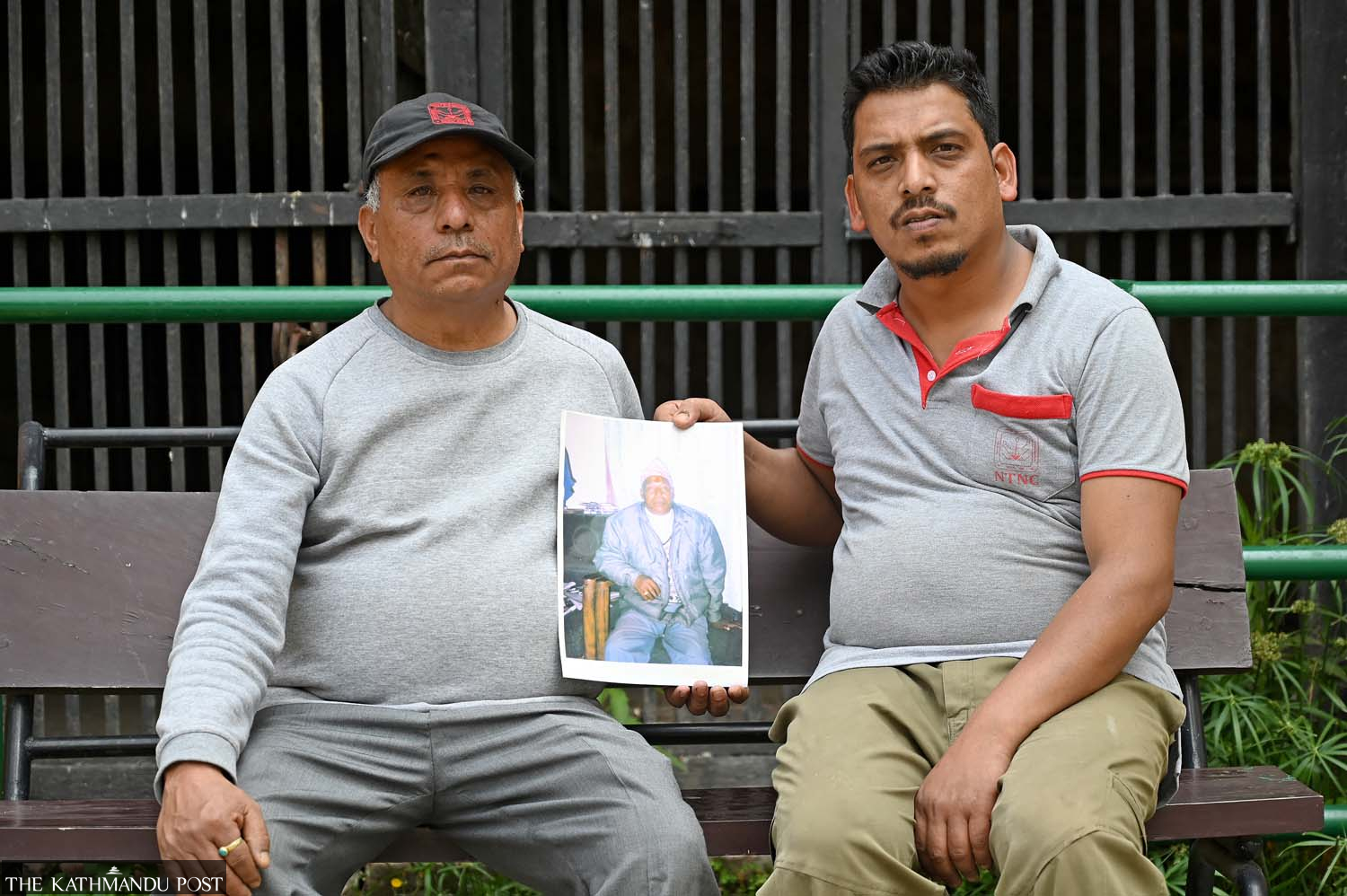
Lantern, stick and lurking ghosts
In 1934, Rana Prime Minister Juddha Shumsher built a private zoo around a historical Malla-era pond on the premises of his Jawalakhel Durbar in Jawalakhel. Elephants, horses, deer, monkeys, tigers, rhinoceroses, clouded leopards, red pandas, bears, palm civets, four-horned antelopes, Himalayan gorals, pheasants, Himalayan monals, lion, gharial crocodiles, porcupines — Juddha’s zoo boasted a collection of rare and exotic animals. The zoo came under government ownership after the political change of 1951, and in 1956, it was officially opened to the public as the country’s only Central Zoo. Around the same year the zoo was built, Krishna Lal was born in the neighborhood of Kumaripati, a stone’s throw from Juddha Shumsher’s durbar and his zoo.
According to Hari Krishna, Krishna Lal joined the zoo in 1960 as a night guard. Providing night security was important to protect the animals, Hari Krishna says, as incidents of animal thefts were common. It was also needed to provide round-the-clock checks on animals so anything urgent could be promptly reported.
In the 1960s, Jawalakhel was a sparsely inhabited locality in the midst of semi-wilderness. And there was no electricity in the zoo when his father joined, Hari Krishna says.
“As the number of visitors to the zoo was very small, the zoo’s trails and grounds were covered in long untended grasses and bushes,” Hari Krishna recalls his father as saying. “And, there was no electricity and bulbs to light up these paths and animal enclosures.”

Twenty-six-year-old Krishna Lal was determined to do his duty. But with a dimly-lit oil lantern in one hand and a stick on the other as the only aid, guarding the zoo and its exotic creatures was not easy. But something else threatened his entire project: there were ‘spirits’ lurking around the zoo which scared him in the depths of the night.
“Scary sounds rose from the banks of the pond in the zoo after midnight, as if mother and father were fighting and their children crying,” Hari Krishna recounted his father telling him.
In spite of the daily horror, Krishna Lal continued to work. A few years after working as guard, he was deputed to different sections of the zoo to care for the animals.
In 1980, he decided to give up his position to start another job. Someone had to replace him.
“Of course my son,” Krishna Lal suggested.
Hari Krishna had grown up listening to his father’s stories of the zoo and the roar of the zoo’s lion that reverberated in Kumaripati locality every day. As a boy, the zoo became a favourite spot of his boyish adventures. Often he accompanied his father to the zoo and when he was around eight, he also began selling buns to visitors from a small box in the zoo.
The passion to work with animals stoked early on in his heart, Hari Krishna, at a tender age of sixteen, enthusiastically stepped onto his father’s footsteps. He was designated the duty of a night guard for the first five years.
Not much had changed in Jawalakhel and the Central Zoo from his father’s time. A few bulbs had been placed near some animal enclosures while most of the zoo was still shrouded in thick darkness. So, just like his father, with a lantern and a stick he patrolled the zoo, carefully avoiding the paths that his father had counselled him to.
“It was scary to guard the zoo at night,” he says. “My father had told me to avoid certain areas around the pond where there were ghosts, and I carefully followed his advice.”
Caring, bonding and births
After a few years as night guard, Krishna Lal worked in different animal sections. As a caretaker, his first duty every morning was to go around the zoo, observing creatures in each enclosure to ascertain whether the animals were fine or ill, active or not, whether they were eating or not, and report anything unusual to officials. Then he cleaned the enclosures, prepared food and fed the animals. He was also responsible for caring when the animals gave birth or got ill.
During his tenure, Krishna Lal cared for all kinds of animals including the Chinese alligator, zebra, chimpanzees, rhinos, lions, tigers, leopards, and birds forging close bonds with them. What Hari Krishna recalls most prominently is a pair of chimpanzees.
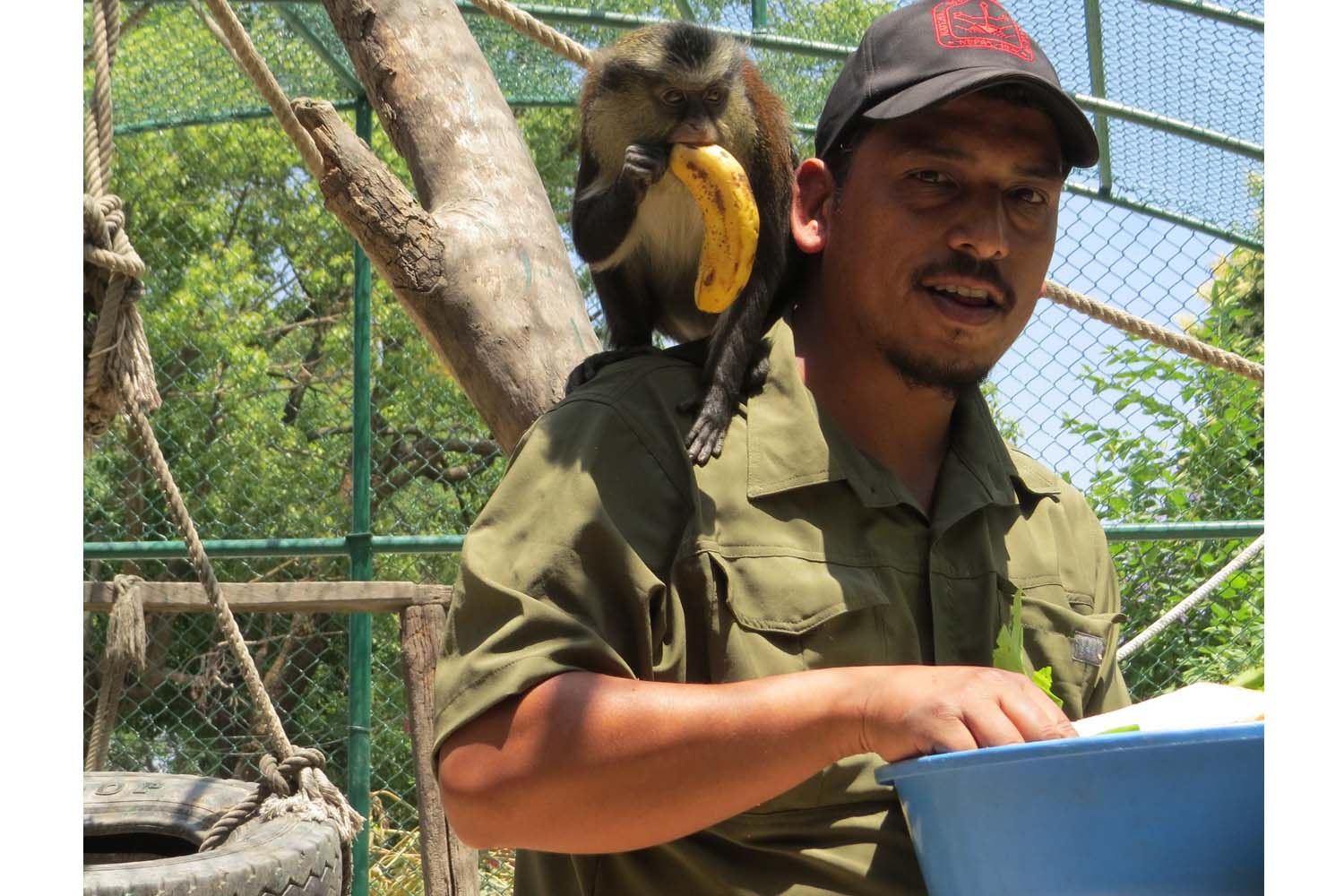
Kanchha and Kanchhi, a chimpanzee pair, arrived at the Central Zoo in 1971 from the Cincinnati Zoo in the US in exchange for red pandas. They had spent their lives in a circus travelling and performing for large crowds and had reached old age when they were bought by Cincinnati Zoo. They drank tea and coffee and smoked cigarettes in addition to performing all sorts of acrobatic routines they had been trained in the circus. They became Central Zoo’s star inmates, with visitors thronging to see them. These chimpanzees came under Krishna Lal’s care.
“My father was the one who fed them and cared for them, giving them tea, coffee, and cigarettes,” Hari Krishna says.
When Krishna Lal decided to leave the job and Hari Krishna was to replace him, he called the latter.
“Always love animals,” he told Hari Krishna, sharing his lessons from 20 years of caring for animals. “When you treat them with love, they won’t attack you.”
Over years and decades, Hari Krishna cared for many of the same creatures his father had looked after for many more, his father’s words rooted as rock-solid foundation of his works. With deep fondness he remembers a zebra, tigers, rhinos, wild buffaloes, langurs, monkeys, a hippopotamus, a lynx, lemurs, and different birds, among others, that he cared for. Some were specifically close to his heart.
Thuli and Sani — a pair of tiger cub siblings rescued from the jungles of Chitwan and brought to the zoo in 1982. Here they became Hari Krishna’s pampered pets. He fed them milk from bottles and played with them. Thuli and Sani ran towards him and jumped on him, and understood his communication. They developed a unique bond, and Hari Krishna even took them for strolls around the zoo.
At 18, Hari Krishna took charge of Sani and Thuli and raised them and their love stayed with him as a child’s to father’s. This tenderness moulded in his late teens continues to resonate in 61-year-old Hari Krishna’s memories of Sani and Thuli today.
“Their eyes were barely open when they came,” he recalls. “I tied chains around their necks and took them on a stroll around the zoo until they grew the size of a German shepherd. They obediently came if I called, they obediently sat if I asked them to. That’s how well I’d trained them.”
One day during their walks, Sani and Thuli charged and slightly injured a visitor and they were caged since then. But they were still cared for by Hari Krishna and knew him well.
Hari Krishna eventually looked after and developed a strong attachment to many tigers. “Perhaps because I cared for tigers since I was very young, and I cared for Thuli and Sani, of all the creatures I cared for, I feel the closest to tigers,” he says.
A pair of siamang, known for their musical chorus singing, arrived from Malaysia in exchange in 2000 and was put under his care. Hari Krishna and other zoo officials lovingly called them Kale and Kali. Approaching retirement, Hari Krishna raised a pair of lemurs rescued from Kathmandu.
As caretakers, Krishna Lal and Hari Krishna were also the first to witness births. Hari Krishna could tell when a female creature was pregnant. And he would be the first to discover many creatures with their new ones.
In his mobile phone, he pulls a photo of a vervet, a South African monkey, clutching its infant.
During one morning round he saw the female vervet surrounded with thick dark blood around her, and on a closer look saw a newborn firmly wrapped in her arms.
“Some two months earlier I’d already separated the male vervet to protect the female as I’d noticed her belly rise,” he says. “Now, I could tell from the blood that she’d given birth around 4 am.”
He tells me of the many occasions when wild buffaloes, red monkeys, langurs, spotted deer, black bucks, among other creatures that he raised and nurtured, gave birth.
“On countless occasions, I was a live witness to spotted deer and black bucks giving birth,” he says.
During one morning round in September 2009, he found Kali the siamang who was under his care, carrying its newborn. Over the years, Kale Jr — as the male newborn was called — grew under Hari Krishna’s care. A few months before Hari Krishna’s retirement, Kale Jr, then 14 years old, became ill.
“I kept a close eye on him, keeping track of his activities and what he ate from the fruits and vegetables I gave him. I’d make sure that he ate,” he says.
A mobile clip from that time shows Kale Jr, pale and sad eyed munching on something from a plate of fruits and vegetables before him. With Hari Krishna’s care, he recovered.
Chimpanzee rips off finger, Thuli readies to charge
Love alone did not ensure safety from animals that could naturally turn violent at any time. Animals’ confinement in small, narrow enclosures added to their frustration and violent behaviour. Moreover, due to a lack of adequate space separating enclosures from visitors, animals were incited by visitors teasing and even poking at them with sticks. In fury, the creatures turned to visitors, and over the decades, there were sizable cases of inmates attacking, biting and injuring them.
At times, the animals’ wrath spilled to their caretakers. And both the father and son encountered life threatening situations from the very animals that they had closely bonded with.
One day, Krishna Lal was feeding coffee to Kanchha or Kanchhi out of a cup as visitors thronged outside the enclosure. Suddenly, the chimpanzee pulled his finger and bit it. Hari Krishna, who was around 10 then was selling buns nearby and witnessed the entire incident unfold.
“Some visitor teased the chimpanzee, and in anger it pulled my father’s hand and forced his finger between its teeth, biting it until its upper portion ripped apart and then threw it out of the cage,” Hari Krishna says.
The blood-covered piece of finger bounced right by Hari Krishna’s box of buns. He was rushed to Patan Hospital in Lagankhel.
“My father couldn’t sleep for three nights because of the pain,” he says. “They tried to reattach the ripped off piece of finger but it wasn’t possible, and he lived with a severed finger all his life.”
Years later, Hari Krishna himself was caught in a life threatening situation involving none other than his beloved Thuli. The tiger enclosure had two compartments separated by bars in the middle. When cleaning one compartment, the tigers were locked in the other.
One day, Hari Krishna entered the cage and had just begun cleaning when he saw only Sani in the inner compartment. Meanwhile, he heard growling behind him. Turning around, his eyes met Thuli’s and saw her stretch her body and right on the verge of stepping down from the wooden bed in the corner of the room. His fellow caretaker had told him that he had already locked the tigresses. In fact he had forgotten to do so.
“Thuli!” Hari Krishna called in spite of the terror raging within.
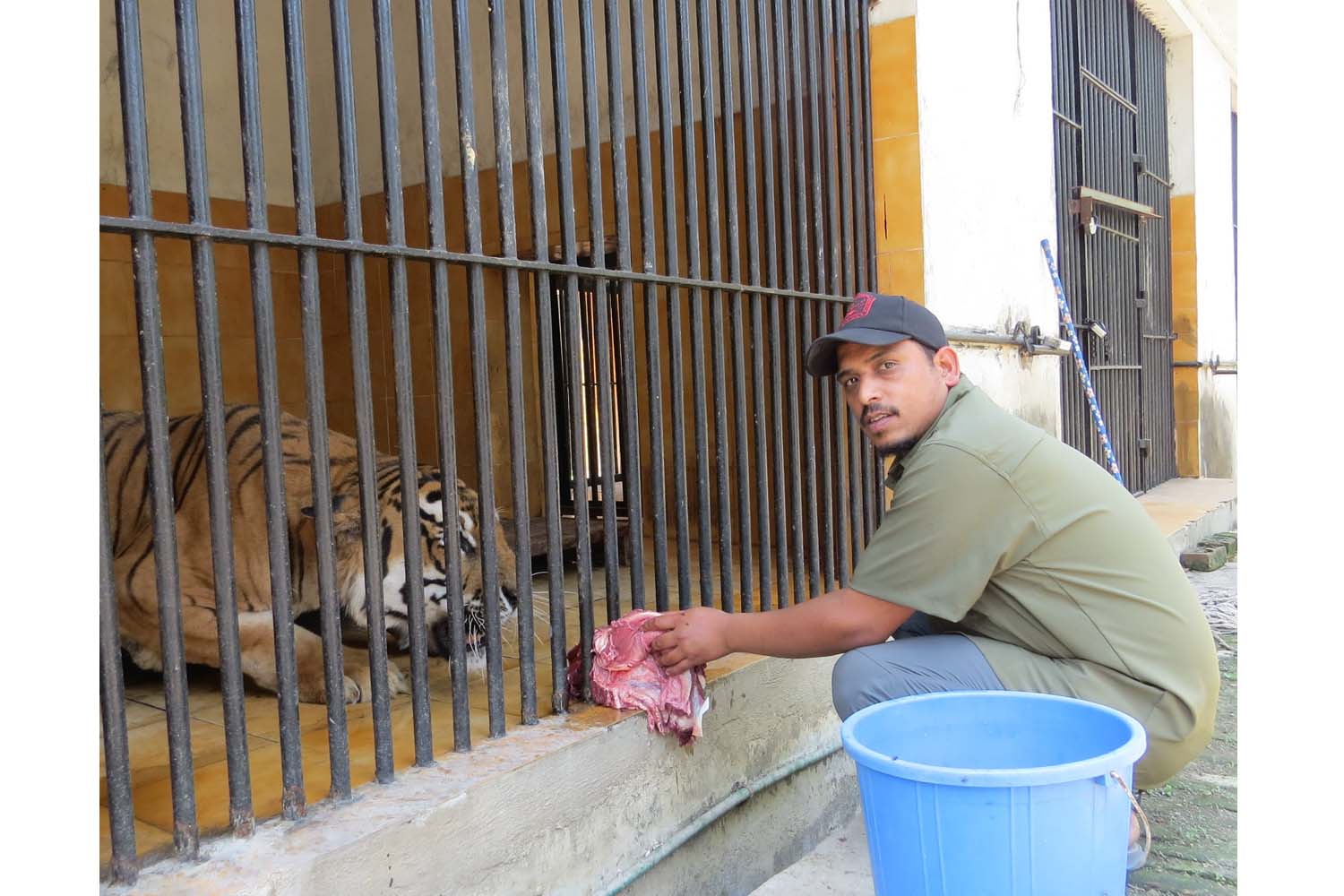
“Thuli grunted in response. She responded as soon as I called her name,” he recalls. “So, I thought that she wouldn’t attack me. I dropped the broom and slipped out the cage.
“If you’ve raised an animal, apparently they also don’t harm you. If I’d panicked, Thuli would’ve attacked me, since that’s what animals usually do. But I called her and only after confirming that she won’t attack me, I slipped out. If you stay composed, they don’t feel threatened and won’t harm you.”
‘Sadness of losing animals’
With strict caution, danger from animals could be avoided. But not the pain of seeing the animals they had cared for pass away.
Within a few years of arriving in the zoo, Kanchha and Kanchhi died. “Of course, it made my father sad to see them go,” Hari Krishna says.
The lemur pair, both around two years old, were rescued by the Division Forest Office, Kathmandu and brought to the Central Zoo in 2017.
“They were young when they arrived. I held them in my hands to feed them milk from a bottle. I stayed late to give them medicine and returned home only after 7-8 pm,” he says. “They jumped on my body. They knew me.”
During the coronavirus lockdown, they got ill. In August 2020, the female passed away, and four days later the male died too.
“They didn’t live long […] You take care of an animal, you raise them, then you see them die,” Hari Krishna says. “It certainly feels sad when you see them die.”
In 1995, Thuli, passed away at the age of 13. Sani passed away a year later, aged 14. After the birth of Kale Jr, Kali the mother siamang developed a health issue. In 2011, she died aged 21. Kale the father lived to be 32 and died in 2023.
The brutal killing of two rhinos has also remained with Hari Krishna. In 1990, two rhinos at the Central Zoo were poisoned by poachers at night.
“The rhinos were found lying dead in the morning. One had its horn severed and taken away,” he says. “Perhaps the poachers didn’t have time to cut the horn out of the second rhino.”
Attachment to the animals he cared for is one reason that brings Hari Krishna to the Central Zoo almost every day after retirement. He comes early and walks around the zoo, stopping by enclosures to observe the animals he once tended to, seeing how they are doing.
“I still think about them,” he says. “How they are and what they might be doing.”
Coming to the zoo also gives him the opportunity to guide his son Surendra.
From grandfather to grandson
It is 10:15 one fine April morning. Surendra emerges from the wild buffalo enclosure pushing a wheelbarrow full of waste. His pants cuffs are folded up the shin and his face is already glowing from working. Before cleaning, he completed his first daily routine — going around the enclosures of tigers, rhinoceros, hippopotamus, different species of monkeys, wild buffaloes, observing their activity to report any unusual behaviour and illness to the veterinarian. A year and a half after taking over from his father, Surendra is well settled in the responsibility as caretaker.
Growing up with Hari Krishna’s countless stories of the zoo and decades-long family legacy as caretakers, Surendra replaced his father with a sense of responsibility and pride. Yet when he actually found himself in the midst of powerful predators like tigers and other gigantic mammals, he was scared.
“At first, I was scared to work with the animals,” he says. “I feared the uncertainty of their behaviour. The work was also difficult.”
But with him were his father with his encouragement and time-tested advice to fall back on.
“Whenever you enter a tiger’s cage, make sure that the animals are locked in the other cage and the doors secured,” Hari Krishna told Surendra just before he started the job. “Always put safety first. Be certain about the monkeys’ activities before you enter their cage.”
Gradually, Surendra gained confidence about the behaviour and ways of the animals, how and what instigated them to attack.
Not long before Hari Krishna’s retirement, a wild buffalo gave birth. The mother buffalo was not regularly breastfeeding the calf, so it fell upon Hari Krishna to feed it from a bottle. He took this opportunity to prepare Surendra for his future role.
In his mobile phone, Hari Krishna shows me a video where he is seen gently holding the calf’s neck up to feed it from a bottle.
“Here, I’m teaching Surendra to feed the calf,” he says.
He then shows me another clip in which Surendra is emulating his father and feeding the calf under Hari Krishna’s watchful eyes.
The baton has truly passed on to Surendra and, with him, over six decades of family legacy of caring for the animals of Central Zoo.
“My grandfather cared for the animals at the zoo. My father took over from him,” he says. “I’m delighted to continue this today.”




 12.12°C Kathmandu
12.12°C Kathmandu









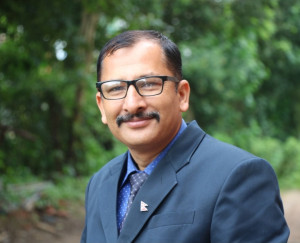



%20(1).jpg&w=300&height=200)

